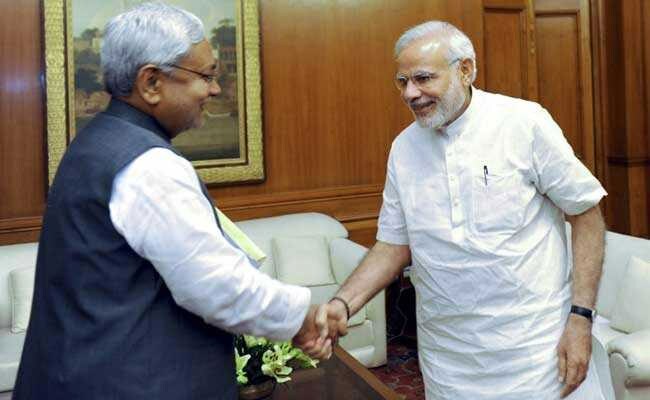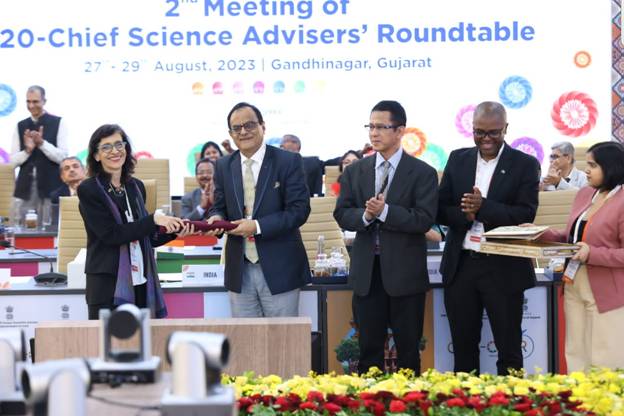February 15th, 2024, the Supreme Court India’s Political Funding of India delivered a landmark verdict, striking down the electoral bonds scheme – a system designed to curb black money in political funding by facilitating anonymous donations through State Bank of India bonds. This decision has set off a chain reaction, leaving India grappling with the delicate issue of transparent political financing and its implications for upcoming elections.
The court deemed the scheme unconstitutional due to its inherent lack of transparency. The anonymity it afforded donors raised concerns about black money laundering and potential quid pro quo arrangements between political parties and corporations. Critics argued that such opaque funding could empower corporate entities, skewing policy decisions in their favor and jeopardizing a level playing field in elections.
 While respecting the verdict, the government faces a complex dilemma. Overriding the court’s decision, as they did recently with the Election Commission appointment process, seems unlikely. They are, therefore, exploring alternative options, each with its own set of challenges and uncertainties.
While respecting the verdict, the government faces a complex dilemma. Overriding the court’s decision, as they did recently with the Election Commission appointment process, seems unlikely. They are, therefore, exploring alternative options, each with its own set of challenges and uncertainties.
Opposition parties have hailed the verdict as a victory for democratic accountability. The Congress party sees it as a vindication of people’s power over corporate influence, while the Aam Aadmi Party emphasizes the need for transparency in funding sources. The Communist Party of India (Marxist), a long-standing opponent of the scheme, considers it a dismantling of “legalized political corruption.”
The BJP, though accepting the court’s ruling, maintains that the scheme aimed to combat black money. They acknowledge the need to thoroughly study the detailed judgment before formulating a definitive response.
The immediate impact includes the cessation of bond issuance and the publication of past donation details. However, the long-term implications remain a mystery. The government’s next move and potential proposals are keenly awaited, as they could significantly reshape the landscape of political financing in India.
Key questions linger: Will the government propose a new scheme addressing the court’s concerns? Will they attempt to revive the pre-bond system with modifications? Or will they venture into untrodden territory with an entirely new approach?
One thing is certain: the Supreme Court’s verdict has ignited a crucial debate about political funding transparency. As the nation witnesses the next chapter unfold, the stakes are high, with potential ramifications for the very fabric of India’s political landscape and the upcoming elections.




